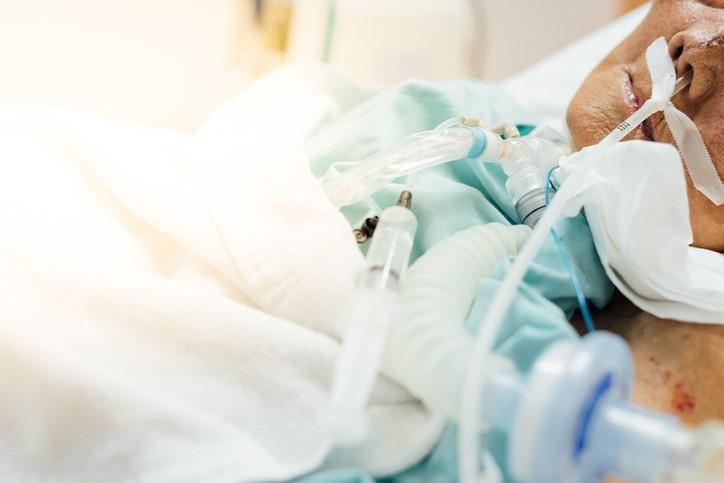
A randomized clinical trial conducted in three Asian countries found that a shorter, individualized course of antibiotics guided by clinical response was non-inferior to usual care for patients with ventilator-associated pneumonia (VAP), researchers reported yesterday in The Lancet Respiratory Medicine.
The trial, conducted in 39 intensive care units at six hospitals in Nepal, Singapore, and Thailand, enrolled VAP patients who had been mechanically ventilated for 48 hours and were administered culture-directed antibiotics. Patients were assessed until fever resolution for 48 hours and hemodynamic stability, then randomly assigned to individualized short-course treatment (7 days or less) or usual care (8 days or more). The primary outcome was a 60-day composite end point of death or pneumonia recurrence, with a prespecified non-inferiority margin of 12%.
Important results for lower-resource settings
A total of 461 patients (median age 64 years, 39% female) were enrolled, with 232 randomized to the short-course treatment group and 229 to the usual-care group. Median antibiotic treatment duration for index episodes of VAP was 6 days in the short-course group and 14 days in the usual-care group. In the intention-to-treat population (460 patients), 41% of patients in the short-course group met the primary end point, compared with 44% in the usual-care group, for an absolute risk difference of –3% (one-sided 95% confidence interval [CI], −∞ to 5%).
The results were similar in the per-protocol population. Although non-inferiority was met in both analyses, superiority compared with usual care was not established.
In the per-protocol population, antibiotic side effects occurred in 8% of patients in the short-course group, compared with 38% in the usual-care group (absolute risk difference, –31%; 95% CI, –37% to –25%).
The investigators say that the results are noteworthy, because very few trials of antibiotic treatment for VAP have been conducted in low- and middle-income settings, where high rates of VAP are a major driver of antibiotic use and contribute to the presence of multidrug-resistant organisms.
"This strategy based on simple parameters is readily applicable in low-income and middle-income countries and could have a considerable impact on reducing overall antibiotic prescribing, potentially curbing the spread of antimicrobial resistance among the most vulnerable patients," they wrote.


















